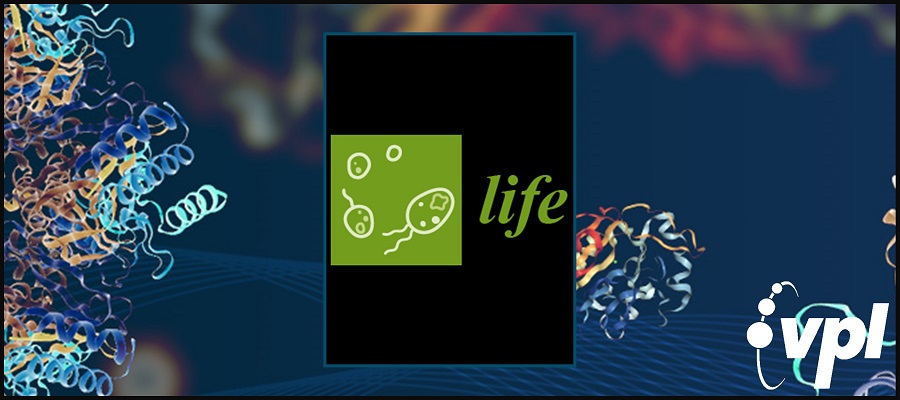Quantifying Mineral-Ligand Structural Similarities: Bridging the Geological World of Minerals with the Biological World of Enzymes (Life, 2020)

VPL Authors
Full Citation:
Zhao, D., Bartlett, S., & Yung, Y. L. (2020). Quantifying Mineral-Ligand Structural Similarities: Bridging the Geological World of Minerals with the Biological World of Enzymes. Life, 10(12), 338. https://doi.org/10.3390/life10120338
Abstract:
Metal compounds abundant on Early Earth are thought to play an important role in the origins of life. Certain iron-sulfur minerals for example, are proposed to have served as primitive metalloenzyme cofactors due to their ability to catalyze organic synthesis processes and facilitate electron transfer reactions. An inherent difficulty with studying the catalytic potential of many metal compounds is the wide range of data and parameters to consider when searching for individual minerals and ligands of interest. Detecting mineral-ligand pairs that are structurally analogous enables more relevant selections of data to study, since structural affinity is a key indicator of comparable catalytic function. However, current structure-oriented approaches tend to be subjective and localized, and do not quantify observations or compare them with other potential targets. Here, we present a mathematical approach that compares structural similarities between various minerals and ligands using molecular similarity metrics. We use an iterative substructure search in the crystal lattice, paired with benchmark structural similarity methods. This structural comparison may be considered as a first stage in a more advanced analysis tool that will include a range of chemical and physical factors when computing mineral-ligand similarity. This approach will seek relationships between the mineral and enzyme worlds, with applications to the origins of life, ecology, catalysis, and astrobiology.
URL:
https://www.mdpi.com/2075-1729/10/12/338
VPL Research Tasks:
Task D: The Living Planet